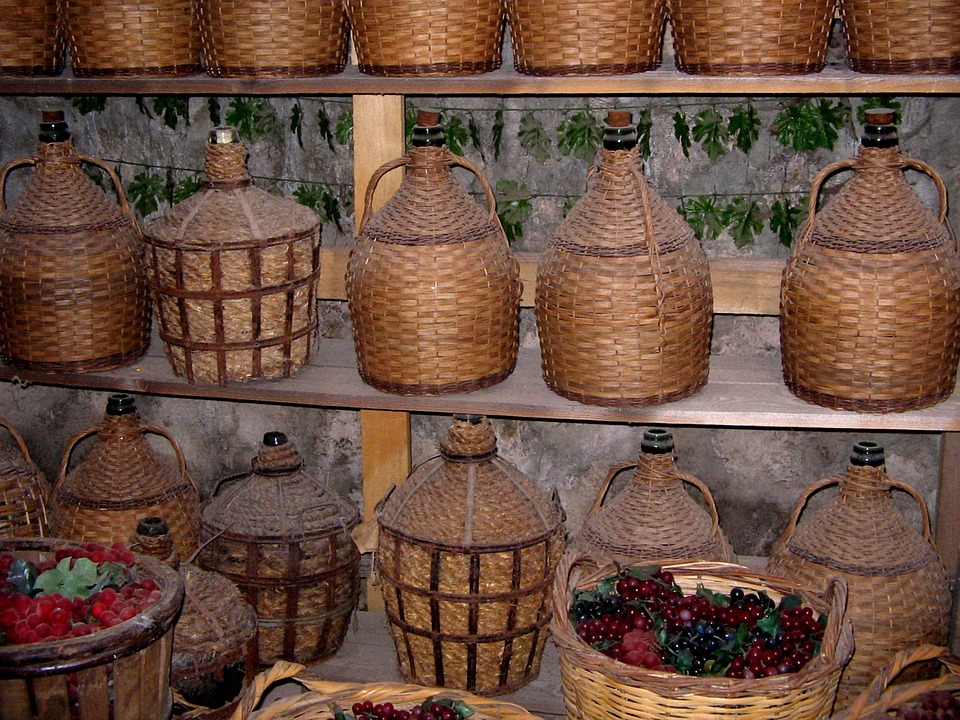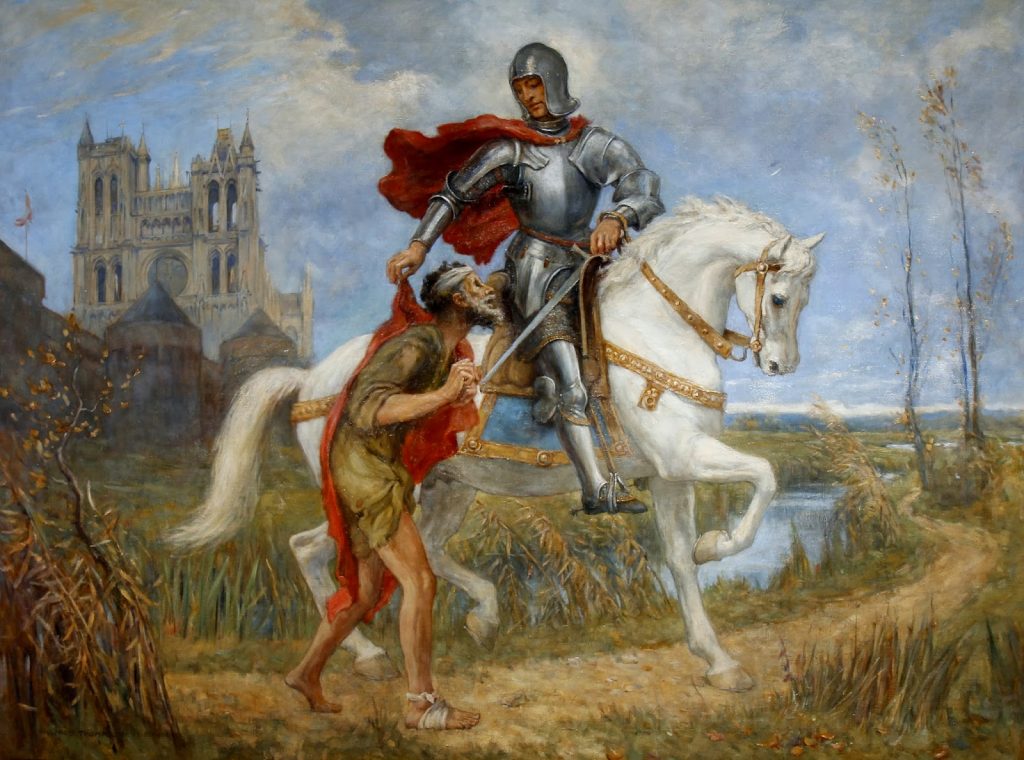Saint Martin walk, a saint that the Church remembers on November, 11 and that the whole Italy celebrates from the Alps to the Strait and, of course, also on the islands. The day dedicated to this beloved saint in many Italian towns is greeted with street parties animated by many activities. Markets, rides, street shows: many moments and attractions to celebrate the saint and what November, 11 has always symbolised, namely the tasting of new wines.

Saint martin, the saint who offers his cloak to the poor
Martin of Tours is a Christian bishop from the 4th century AD. Born in Pannonia, a region of the Roman empire that today corresponds to an area of Hungary, Martino soon joined the Roman army. In Gaul, where he performs his military service, he lives a life-changing fact. It is said, in fact, that during a horseback tour, Martino meets a beggars who was shaking in the cold.

Hence Martin, taken pity by the serious discomfort of the man, cuts his cloak and gives half of it to the beggar. It is said that that same night Jesus appeared in a dream to Martin who, after this apparition, converted and began his journey as a baptized Christian. After twenty years of serving the Roman Empire, Martino then decides to leave the army and devote himself to monastic life. He became bishop of Tours and built important places of worship; he also performs many miracles that give him the glory of the altars.
Saint martin, from the sacred to the popular festival
The day dedicated to the saint in many Italian centers turns into a real village fair. In Romagna, for example, this appointment with the popular tradition is called the 'fira by bécch', that is to say the'fair of the cuckolds': indeed the horns are the symbol of this festival.

The San Martino fair is also synonymous with good food thanks to the tasting of succulent dishes of local gastronomy. And then there are the traditions of street vending and the "highly popular" flea markets where even every small junk acquires great value for collectors.
There is no party without storytellers
Furthermore, San Martino, still in some towns of Romagna, was and remains the fair of traditions and the national festival of storytellers. In the town of Santarcangelo this is one of those customs that lasts over time and always attracts a lot of public. Storytellers, with their performances and their stories report to the ancient street performances of the past.
In San Martino every must becomes wine
The cult of San Martino is closely linked to the rituals of rural tradition by virtue of its humble origins. November, 11 coincides with a period of great work for the rural world. These days in the vineyards barrels are opened to taste the new wine, hence the saying "in San Martino every must becomes wine ".

Furthermore in antiquity it was common practice to renew agricultural contracts and hold large cattle fairs. The days before the party are also called "summer of San Martino"As they are days when autumn becomes milder and the sun heats up almost like in summer days.
Of wine and good food
The feast of San Martino is therefore an opportunity to glorify the saint and also to celebrate the fruits of the earth and the abundance of good food.

grilled meat and roasted chestnuts in Ascoli, paint and wine in Salento and typical biscuits in Palermo: the whole of Italy sits at the table to toast the new wine and the ancient gastronomic tradition of the Beautiful country.
(PicturesPixabay)




